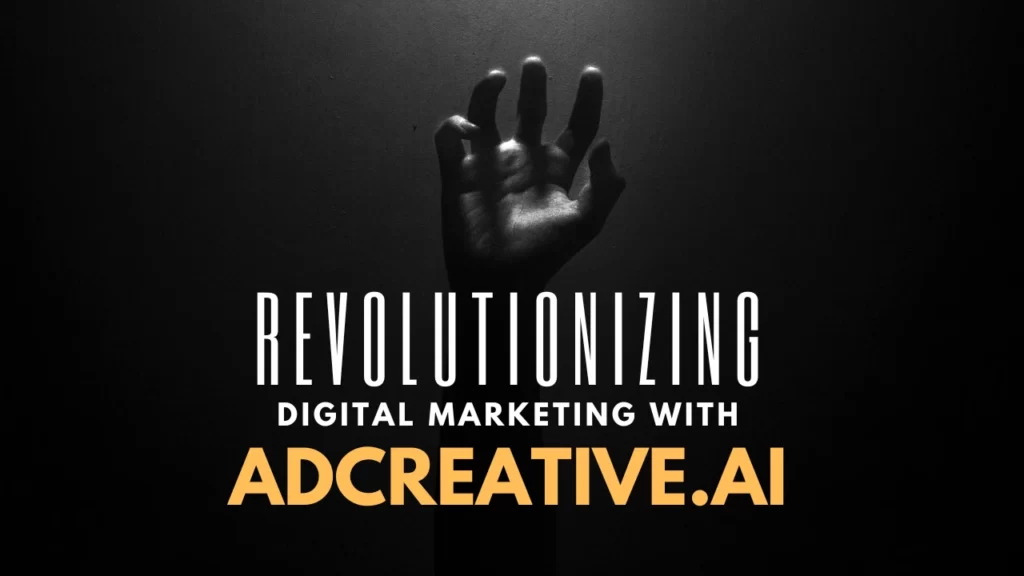In today’s fast-paced digital landscape, staying competitive in the field of artificial intelligence (AI) is paramount. To stay ahead in the game, you need to keep your AI toolset sharp and up-to-date. In this comprehensive guide, we’ll explore the top 5 innovations that can revolutionize your AI toolset. Whether you’re a seasoned AI professional or just getting started, these innovations will provide you with the edge you need to excel in the world of AI.
Harnessing the Power of AI
Machine Learning Algorithms: The Backbone of AI
In today’s digital age, AI is no longer a futuristic concept; it’s a reality that shapes our daily lives. From voice assistants like Siri and Alexa to the recommendation algorithms on streaming platforms, AI is seamlessly integrated into our world. Machine learning algorithms are the cornerstone of AI development. They enable machines to learn from data and improve their performance over time. Leveraging state-of-the-art machine learning algorithms can significantly enhance the capabilities of your AI toolset. From decision trees to neural networks, these algorithms can process vast amounts of data and make predictions or decisions with remarkable accuracy. But to truly harness its potential, we must explore the latest innovations.
Natural Language Processing (NLP): Bridging the Gap
Natural Language Processing, or NLP, has come a long way. Its applications now go beyond simple chatbots. With advancements in NLP, AI can understand, interpret, and generate human-like text with remarkable accuracy.
NLP is revolutionizing the way we interact with AI systems. It enables machines to understand, interpret, and generate human language. By incorporating NLP into your AI toolset, you can create chatbots, sentiment analysis tools, and language translation services that are more human-like and effective than ever before. This innovation opens doors to improved customer support, content generation, and sentiment analysis.
Computer Vision: Seeing is Believing
Computer vision allows machines to interpret and understand visual information from the world around them. This innovation is essential for applications like image recognition, facial recognition, and autonomous vehicles. Integrating computer vision into your AI toolset opens up a world of possibilities for object detection, image classification, and more.
Reinforcement Learning: Learning Through Interaction
Reinforcement learning is a game-changer in AI. It enables machines to learn by interacting with their environment and receiving feedback in the form of rewards or penalties. It’s the technique behind AI systems that can make decisions based on trial and error. This innovation is at the core of developing AI systems capable of beating human champions in complex games like chess and Go. Imagine self-driving cars learning from real-world experiences or recommendation systems optimizing content based on user interactions. Reinforcement learning is at the heart of these advancements. Incorporating reinforcement learning into your AI toolset can lead to groundbreaking advancements.
Generative Adversarial Networks (GANs): Fostering Creativity
GANs are a breakthrough in AI creativity. They consist of two neural networks, one generating content and the other evaluating it. This dynamic results in the generation of highly realistic content, such as images and text. GANs have applications in art, content creation, and data augmentation. By adding GANs to your AI toolset, you can produce more creative and engaging content.
To Wrap Up
In the ever-evolving world of AI, staying at the forefront of innovation is crucial. By integrating these top 5 innovations into your AI toolset, you can unlock new possibilities, enhance your projects, and achieve better results. From machine learning algorithms to generative adversarial networks, each innovation brings a unique set of capabilities to the table. Embrace them, experiment with them, and revolutionize your AI toolset.
Don’t get left behind in the AI revolution. Embrace these innovations today, and watch your AI projects reach new heights.
FAQs
Q: How can I get started with machine learning algorithms in my AI projects?
Begin by learning the fundamentals of machine learning, explore popular libraries like TensorFlow and scikit-learn, and practice on datasets to build your expertise.
What are the real-world applications of natural language processing?
NLP is used in chatbots, virtual assistants, content analysis, sentiment analysis, language translation, and more.
Q: How can computer vision benefit my business?
A: Computer vision can be used for quality control in manufacturing, facial recognition for security, object detection in autonomous vehicles, and much more.
Q: What makes reinforcement learning different from other machine learning approaches?
A: Reinforcement learning focuses on learning through interaction and feedback, making it suitable for training AI agents to perform tasks in dynamic environments.
Q: Are GANs only used for artistic purposes?
A: No, GANs have applications in various fields, including healthcare (generating medical images), entertainment (creating realistic characters), and cybersecurity (generating realistic data for testing).
Q: How can I incorporate these innovations into my AI projects?
A: Start by researching and understanding the specific needs of your project. Then, choose the innovation that aligns with your goals and explore relevant tools and frameworks.



